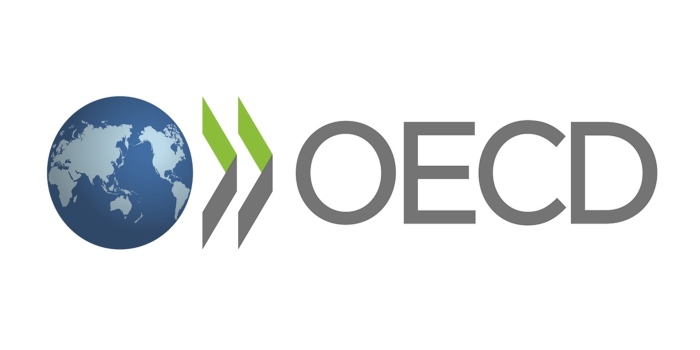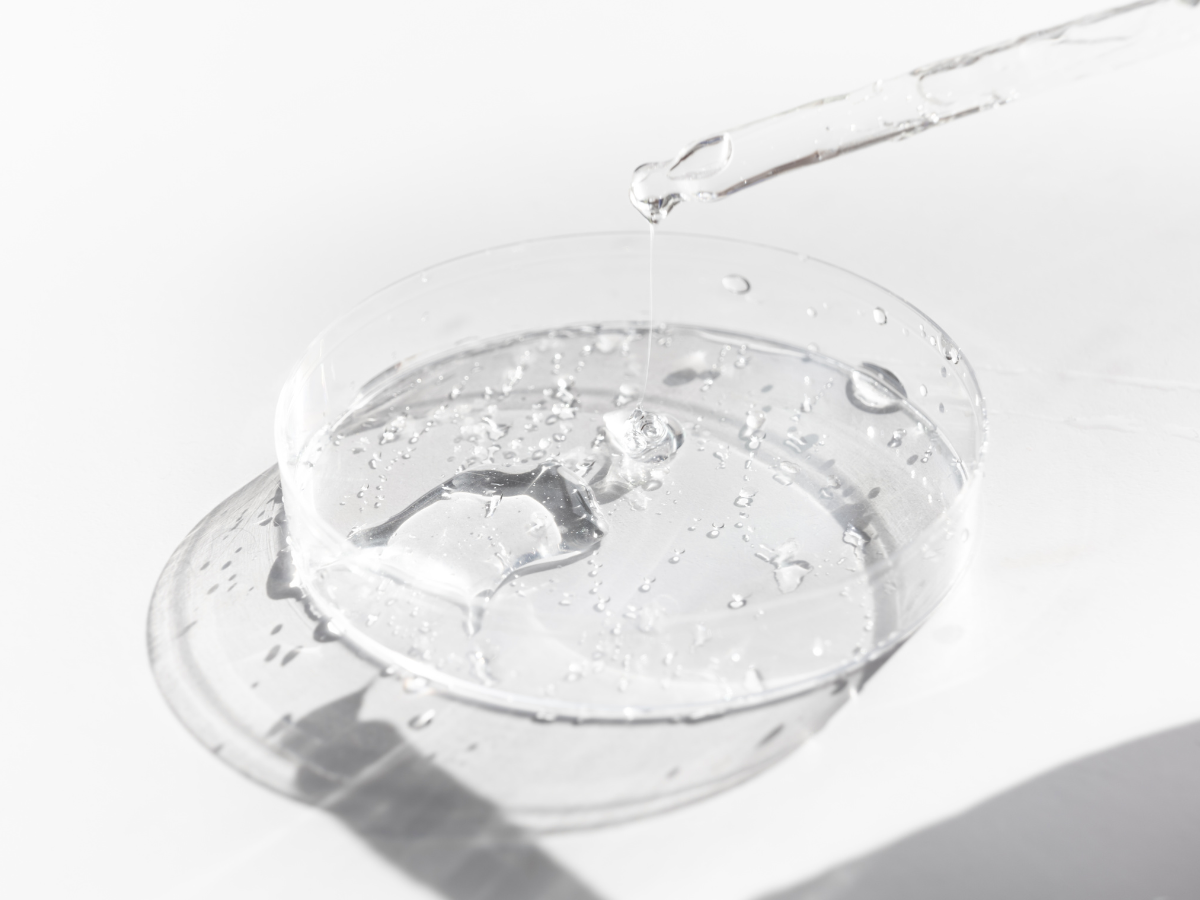OECD AND ITS TEST GUIDELINES
The Organisation for Economic Co-operation and Development (OECD) assists countries in harmonising Guidelines for the testing of chemicals and Good Laboratory Practice. Its main goal is to ensure high quality and reliable data. The OECD Mutual Acceptance of Data (MAD) system is the major tool to reach this harmonization on chemical regulation. The MAD system includes the OECD Guidelines for the Testing of Chemicals and OECD Principles of Good Laboratory Practice (GLP).
The OECD Guidelines for the testing of chemicals are a set of 105 of the most relevant internationally agreed methods used by governments, industry and independent laboratories to assess the safety of chemicals.
The OECD Guidelines are divided into 5 sections:
- Section 1: Physical Chemical Properties.
- Section 2: Effects on Biotic Systems (Software for TG 223).
- Section 3: Environmental Fate and Behaviour (Software for TG 305 and TG 318).
- Section 4: Health Effects (Software for TG 455, TG 432 and TG 425).
- Section 5: Other Test Guidelines.
On June 26, 2020, the OECD updated and corrected eight Test Guidelines, including 6 in vitro and in chemico test guidelines, widely used in cosmetic ingredients testing.
The Test Guidelines updated are:
- Test No. 437: Bovine Corneal Opacity and Permeability Test Method for Identifying i) Chemicals Inducing Serious Eye Damage and ii) Chemicals Not Requiring Classification for Eye Irritation or Serious Eye Damage.
- Test No. 458: Stably Transfected Human Androgen Receptor Transcriptional Activation Assay for Detection of Androgenic Agonist and Antagonist Activity of Chemicals.
- Test No. 488: Transgenic Rodent Somatic and Germ Cell Gene Mutation Assays.
- Test No. 491: Short Time Exposure In Vitro Test Method for Identifying i) Chemicals Inducing Serious Eye Damage and ii) Chemicals Not Requiring Classification for Eye Irritation or Serious Eye Damage.
The Test Guidelines corrected are:
- Test No. 405: Acute eye Irritation/Corrosion
- Test No. 439: In Vitro Skin Irritation: Reconstructed Human Epidermis Test Method
- Test No. 422C: In Chemico Skin Sensitisation.
- Test No. 471: Bacterial Reverse Mutation Test.
The OECD Test Guidelines are indispensable for regulatory safety testing and subsequent chemical and chemical product notification, chemical registration and in chemical evaluation. They can also be used in toxicology research and for the selection and ranking of candidate chemicals through the development of new chemicals and products.
References:
- Organisation for Economic Co-operation and Development (OECD). Disponível em: http://www.oecd.org/














